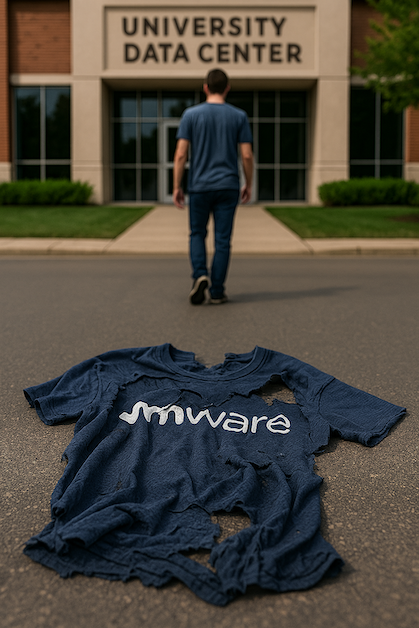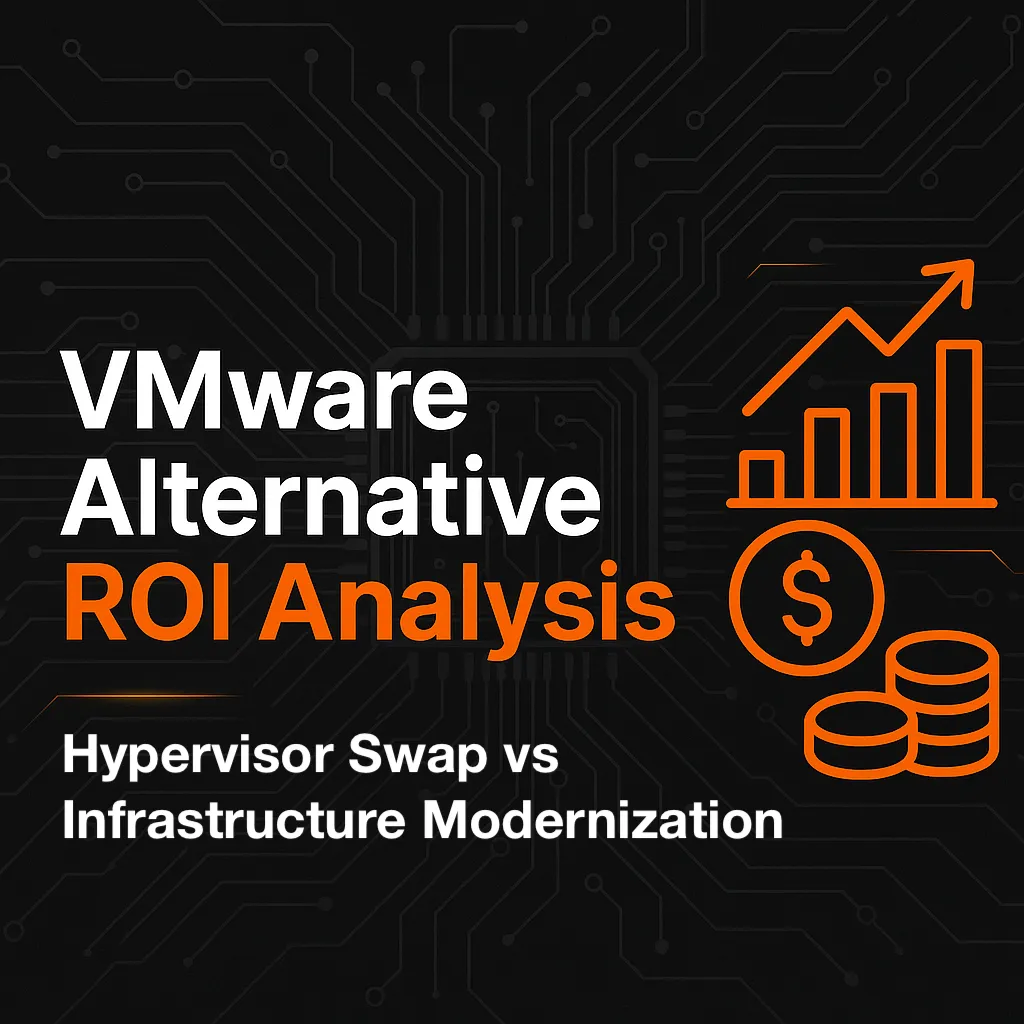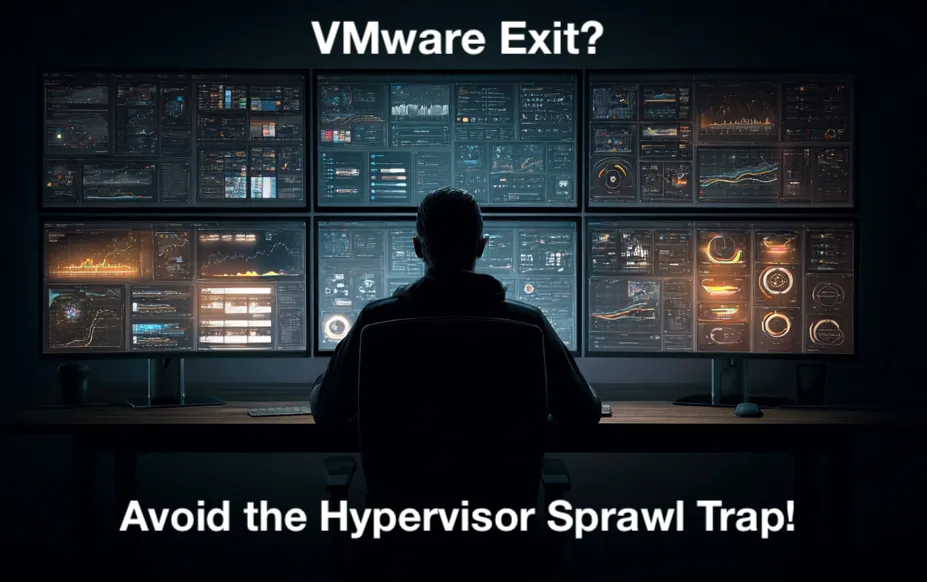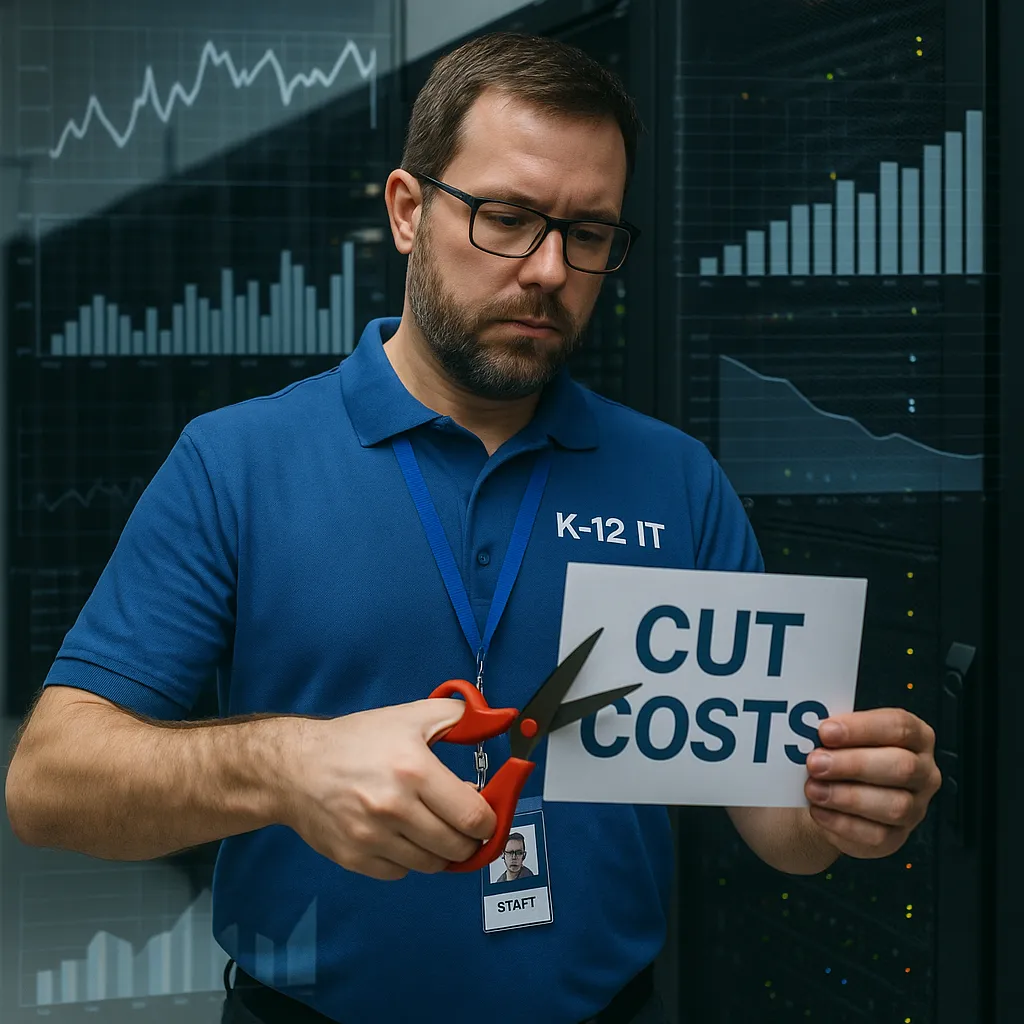Universities Are Leaving VMware
Universities are leaving VMware as licensing costs rise and hardware requirements tighten. This article explores how institutions like Pfeiffer University are modernizing with VergeOS—reusing existing servers, cutting costs by 85%, and building scalable, AI-ready infrastructure that supports both academic and operational goals.




